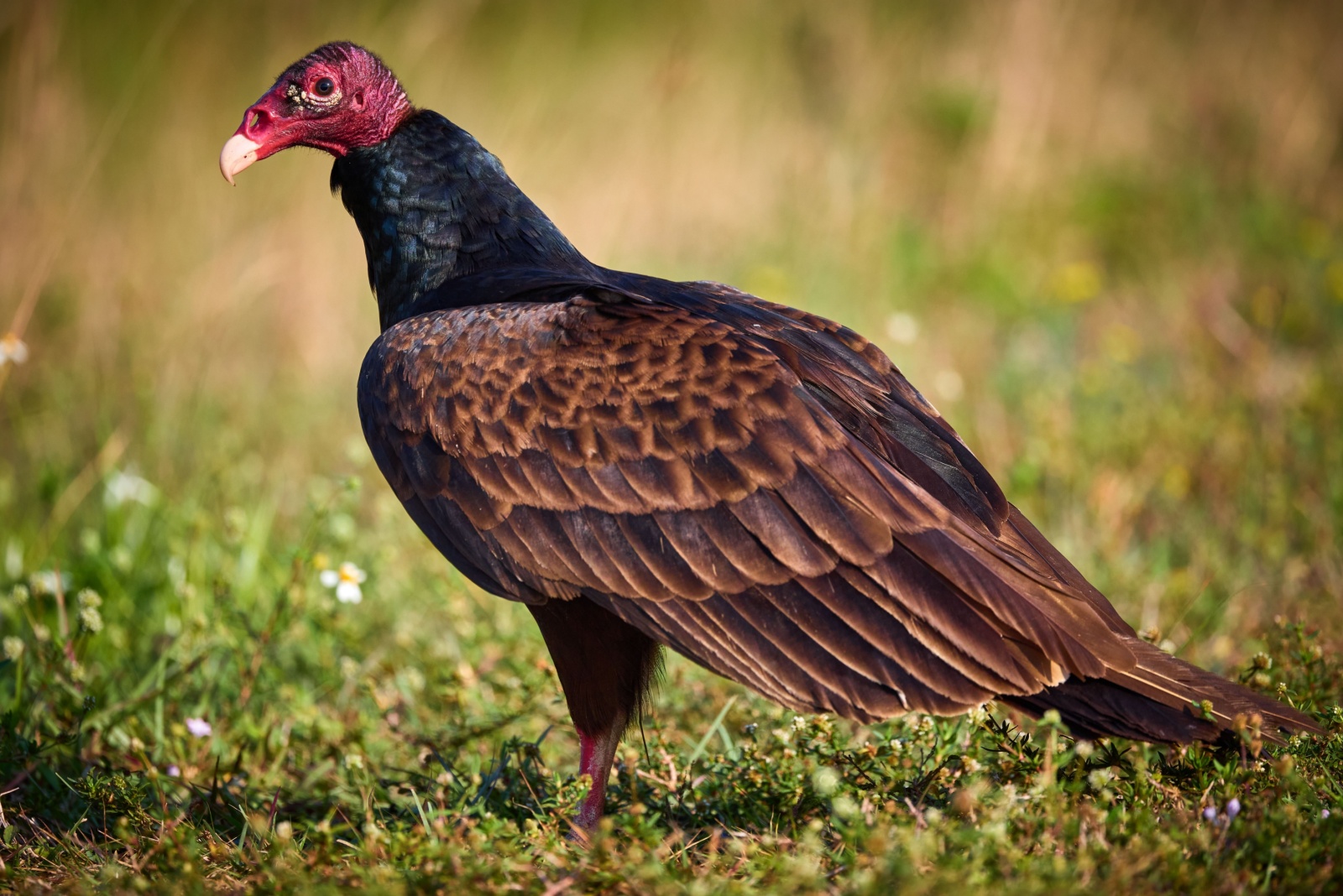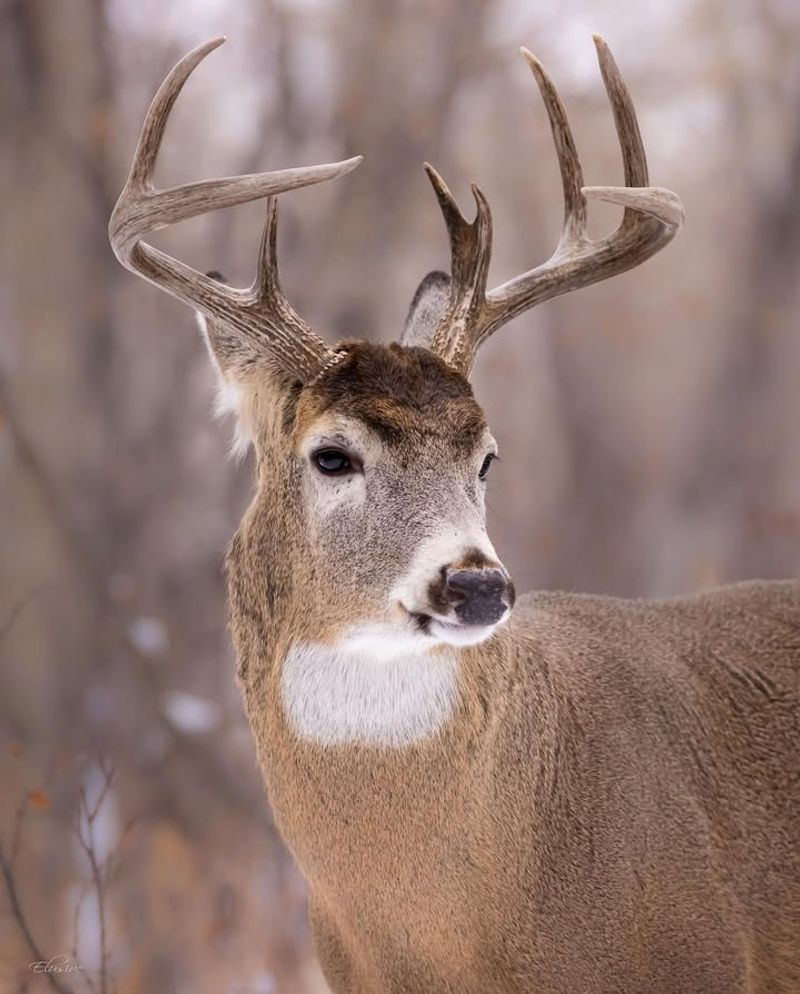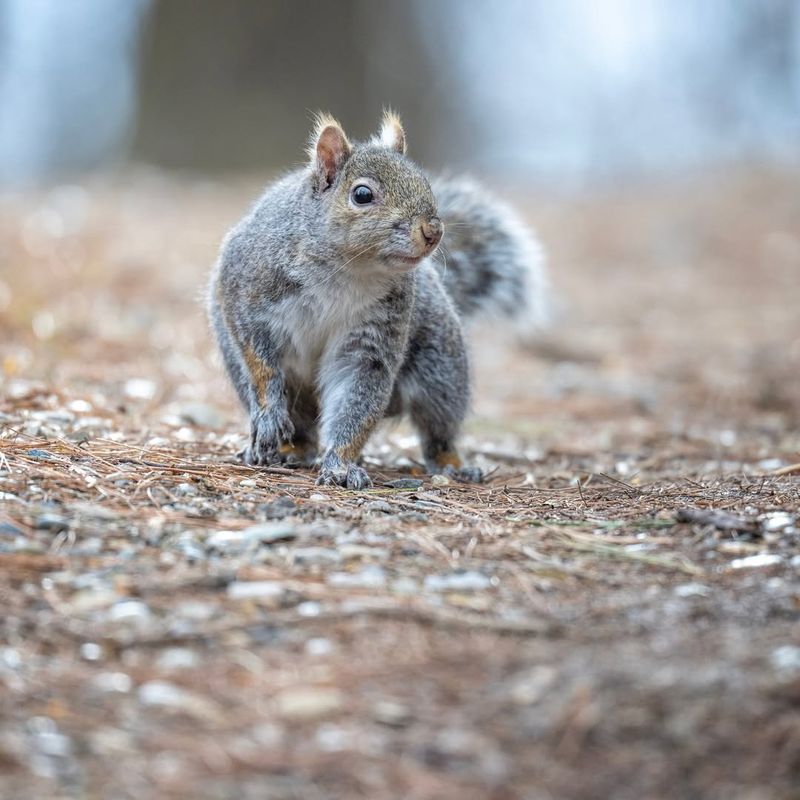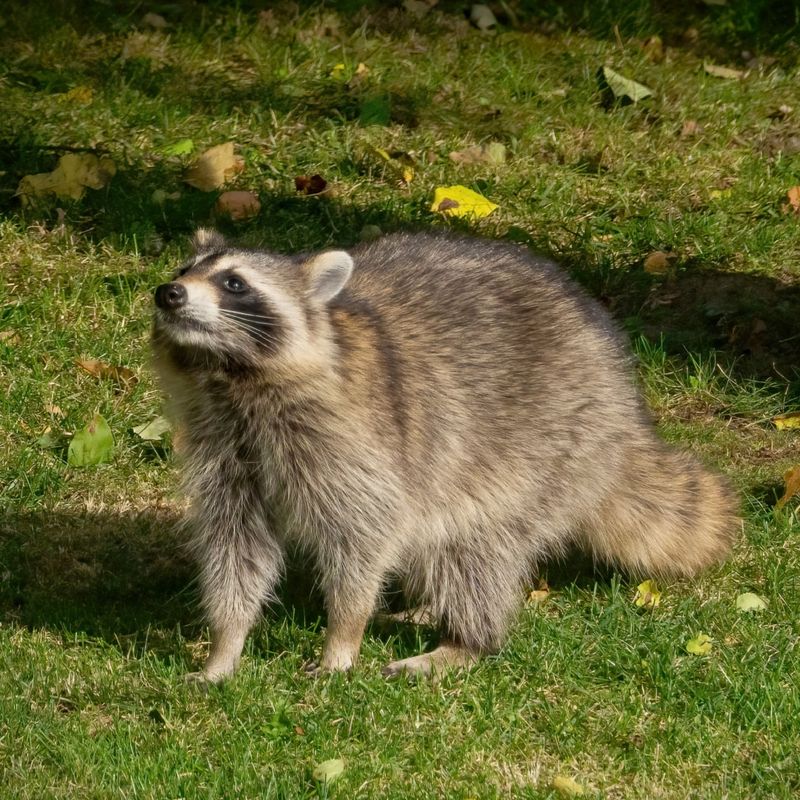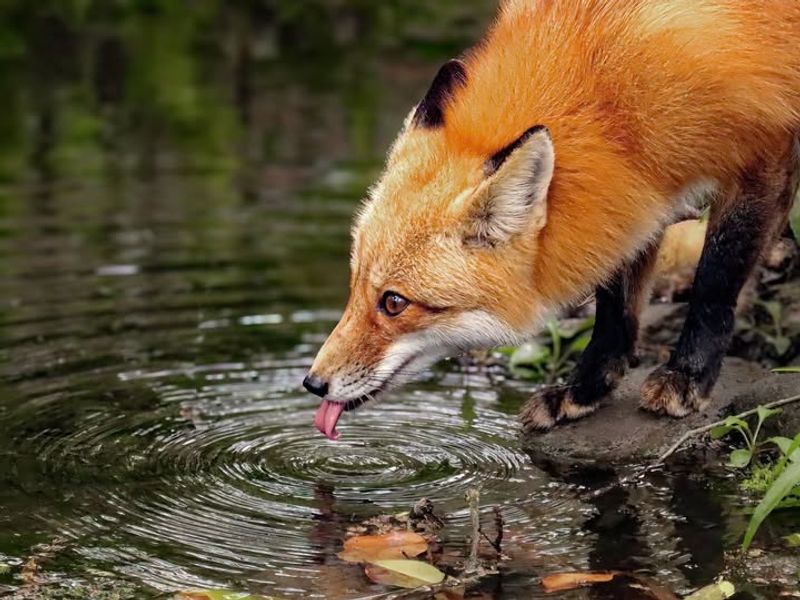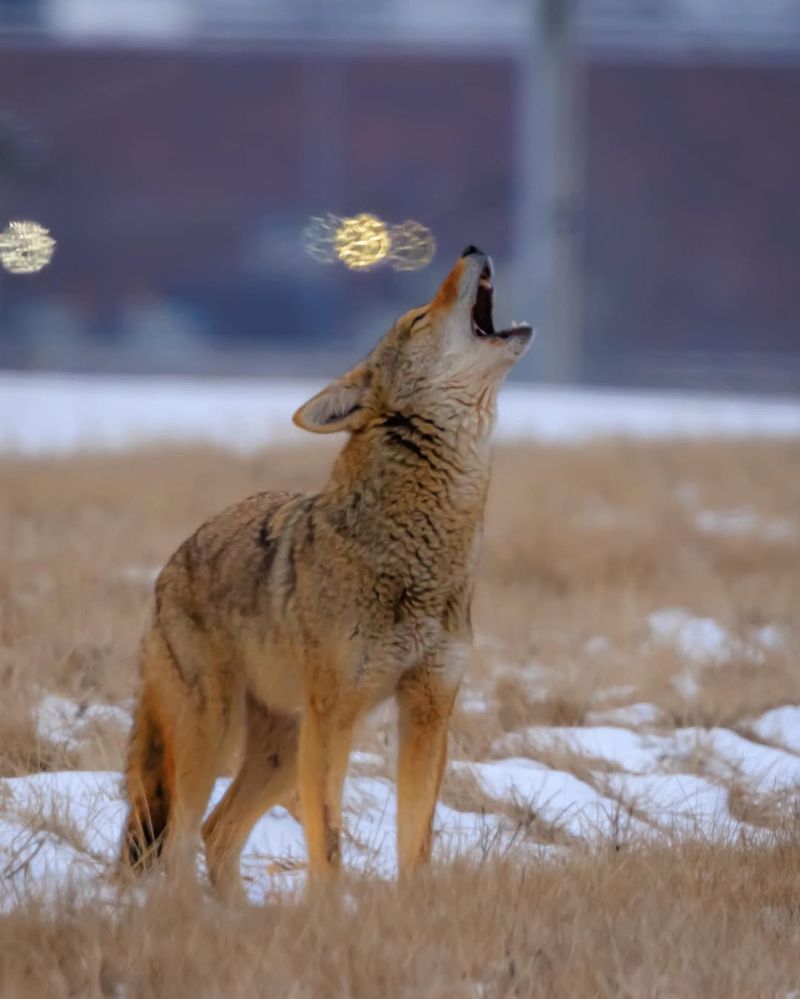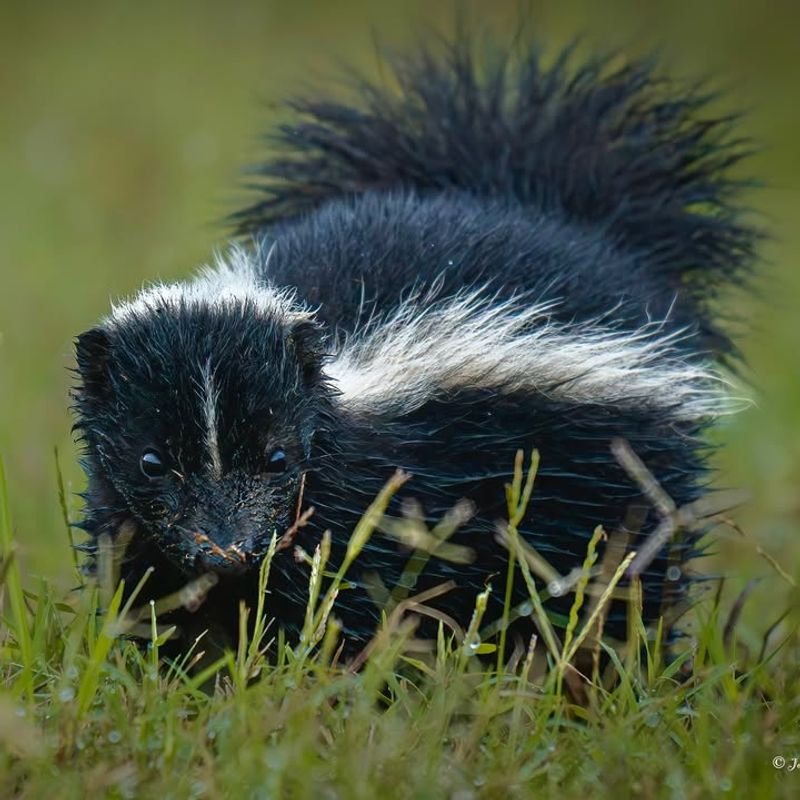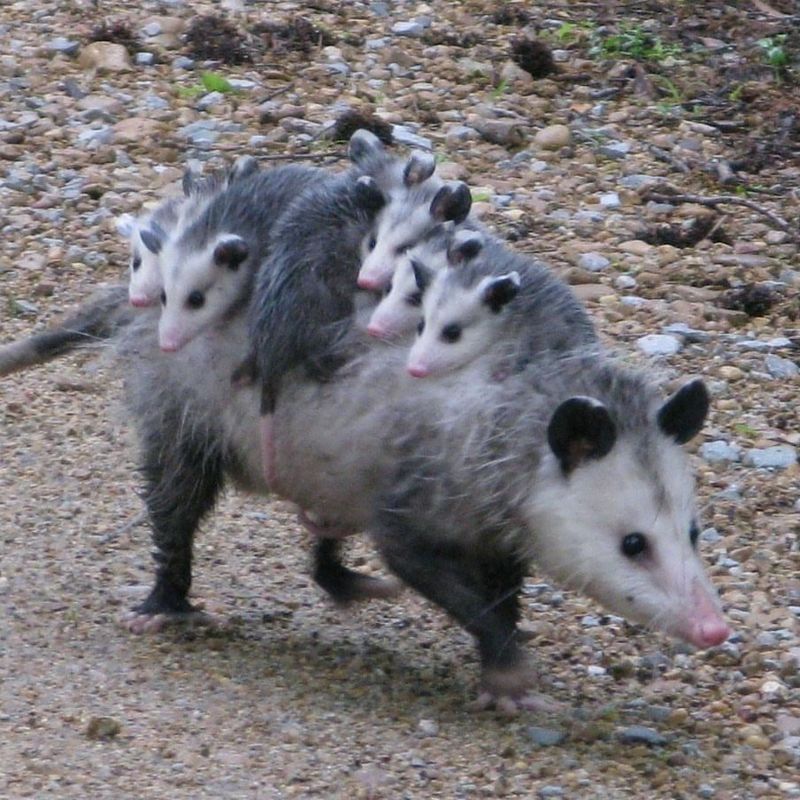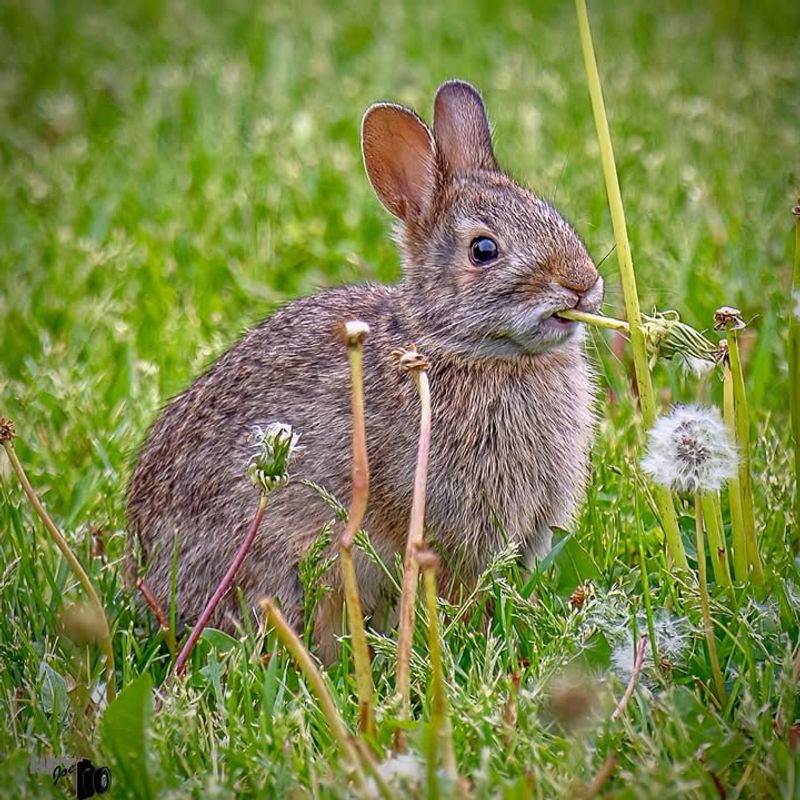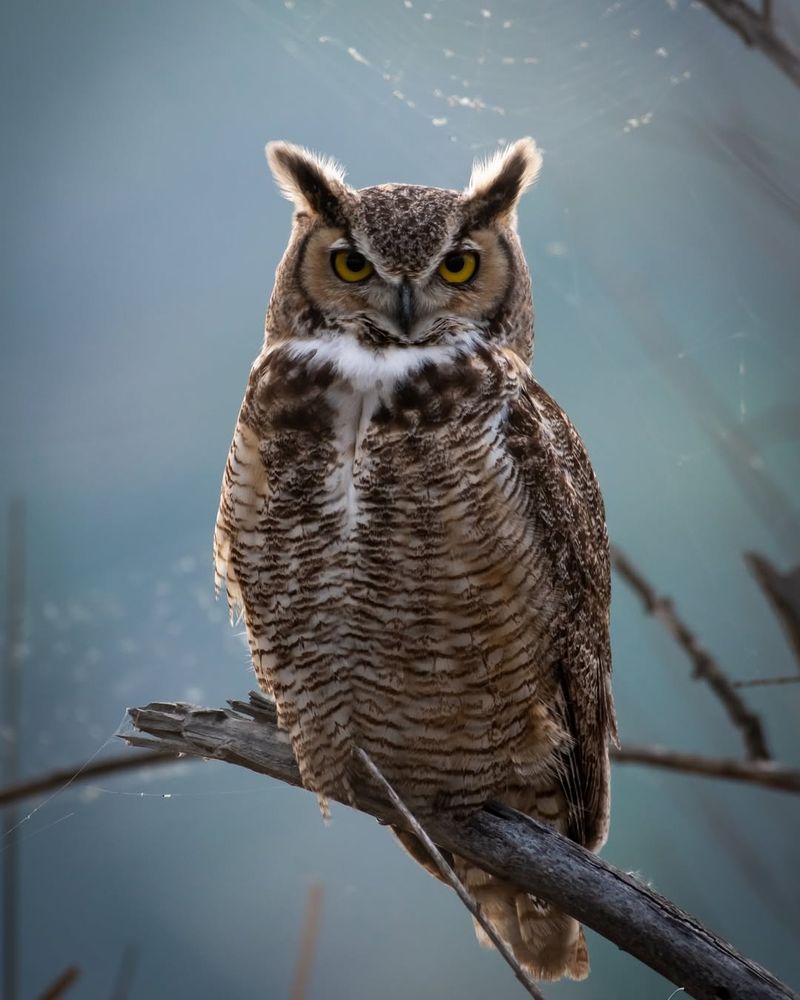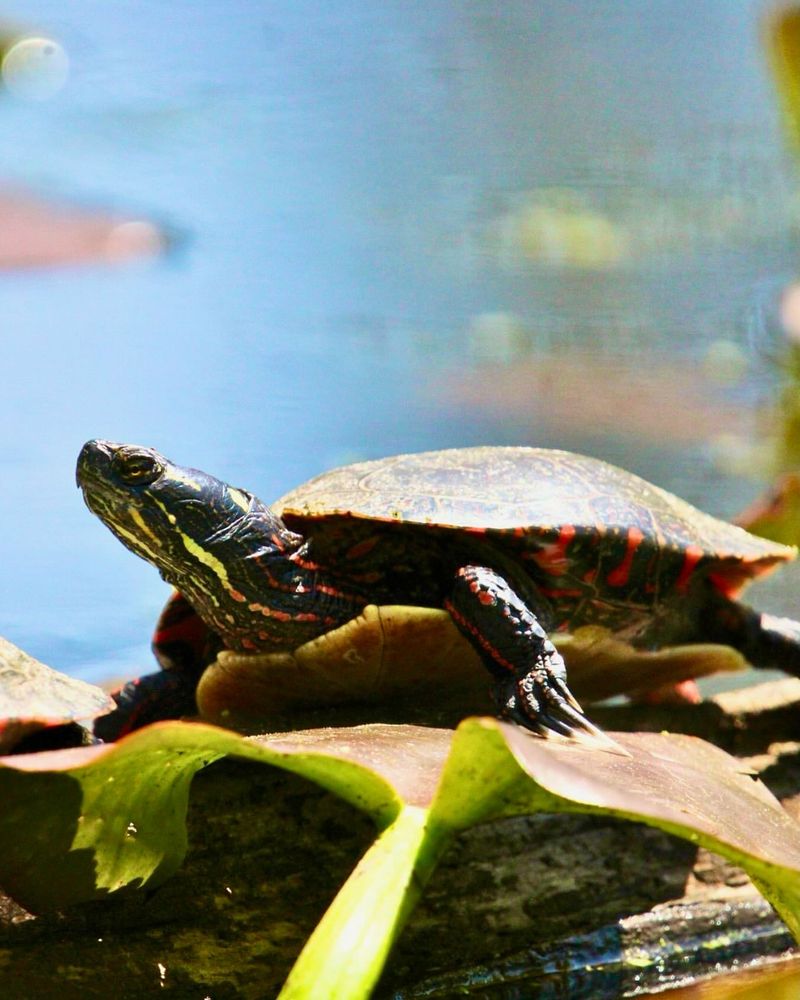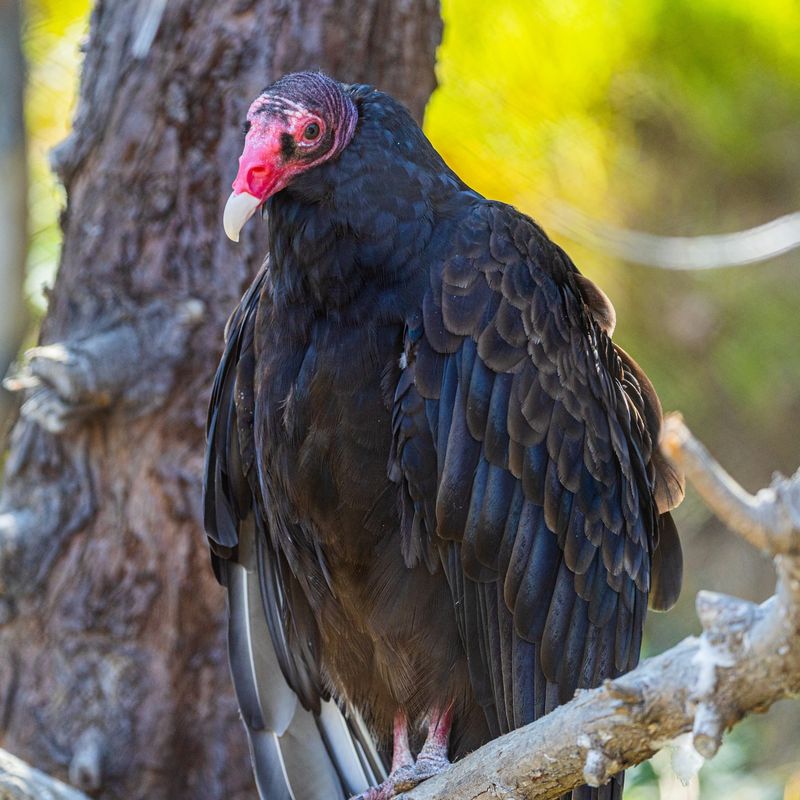Minnesota cities are home to more wildlife than you might expect. From your backyard to local parks, wild animals have adapted surprisingly well to urban life.
You might spot these creatures munching on bird feeders, wandering through your garden, or even nesting under your porch.
1. White-Tailed Deer
Graceful and surprisingly bold, white-tailed deer have become regular visitors in many Minnesota neighborhoods. They munch on garden plants, flowers, and shrubs, especially during early morning or dusk hours.
Your carefully planted hostas might become their favorite snack. Installing motion-activated lights or fencing around gardens can help protect your landscaping from these hungry browsers.
Despite their beauty, remember they are wild animals and should be observed from a safe distance.
2. Eastern Gray Squirrel
Acrobatic entertainers of the Minnesota urban forest, eastern gray squirrels scamper across power lines and leap between tree branches with amazing agility. These bushy-tailed rodents build leafy nests called dreys high in trees.
They bury nuts throughout your yard, often forgetting where they placed them, which accidentally plants new trees. Squirrel-proof bird feeders can save you money on birdseed costs.
Watch them perform incredible jumps spanning several feet between branches.
3. Raccoon
With their bandit-masked faces and clever little hands, raccoons are notorious urban Minnesota problem-solvers. They can open garbage cans, unlatch gates, and even turn doorknobs when motivated by food.
Nocturnal by nature, they rummage through trash bins after dark searching for meals. Secure your garbage with bungee cords or locking lids to avoid messy morning surprises.
Never approach or feed them, as they can carry diseases like rabies.
4. Red Fox
Rusty-orange coats and white-tipped tails make red foxes easy to identify as they trot through Minnesota city streets. Surprisingly adaptable, these cunning hunters have found plenty of food in urban environments, from mice to discarded pizza.
They den under sheds, porches, or in quiet corners of yards during breeding season. Foxes generally avoid humans and pose little threat to people.
Watching one hunt is fascinating, as they pounce on prey with incredible precision.
5. Coyote
Larger than foxes but smaller than wolves, coyotes have successfully colonized Minnesota cities over recent decades. Their haunting howls echo through neighborhoods at night, announcing their presence to other packs.
They hunt small mammals, rabbits, and occasionally raid garbage. Keep pets indoors during dawn and dusk when coyotes are most active hunting.
Remove outdoor food sources like pet food bowls or fallen fruit to discourage visits to your property.
6. Striped Skunk
Black with distinctive white stripes, skunks waddle through yards searching for grubs, insects, and beetles beneath the soil. Their powerful defensive spray can reach up to fifteen feet and lingers for days.
Skunks dig cone-shaped holes in lawns while hunting for food. Avoid startling them, and always give them an escape route if encountered.
They actually provide natural pest control by eating harmful Minnesota garden insects and larvae.
7. Virginia Opossum
North America’s only marsupial, the Virginia opossum has slowly expanded its range into Minnesota despite cold winters. These cat-sized creatures have hairless tails and pink noses, looking somewhat prehistoric.
Opossums eat ticks, dead animals, and garbage, making them nature’s cleanup crew. They rarely carry rabies due to their low body temperature.
If threatened, they famously play dead, lying motionless with their tongue hanging out until danger passes.
8. Cottontail Rabbit
Fluffy white tails bob through gardens as cottontail rabbits hop around Minnesota suburban yards. Dawn and dusk bring them out to feed on grass, clover, and unfortunately, your vegetable garden.
They reproduce rapidly, with females having multiple litters each year. Chicken wire fencing buried six inches deep protects gardens from their nibbling teeth.
Baby rabbits, called kits, are often found in shallow grass nests that look like small depressions in lawns.
9. Great Horned Owl
Powerful nighttime hunters with distinctive ear tufts, great horned owls perch silently in Minnesota backyard trees scanning for prey. Their deep hooting calls echo through neighborhoods after sunset.
Rodents, rabbits, and even skunks fall victim to their sharp talons. These owls nest early in the year, sometimes using old hawk or crow nests.
Finding owl pellets beneath trees reveals what they ate, as these contain undigested fur and bones they regurgitate.
10. Painted Turtle
Colorful yellow and red markings decorate the shells of painted turtles basking on logs near urban ponds and wetlands. Minnesota’s most common turtle species, they thrive in city parks and retention ponds.
They eat aquatic plants, insects, and small fish. Female turtles sometimes cross streets searching for sandy areas to lay eggs.
Helping a turtle cross the road safely means carrying it in the direction it was heading, not back.
11. Turkey Vulture
Soaring overhead with wings held in a shallow V-shape, turkey vultures ride thermal air currents while searching for carrion. Their bald red heads might look strange, but this adaptation keeps them clean while feeding.
These large birds perform essential cleanup duties by consuming dead animals. Despite their intimidating size, they are harmless to living creatures and pets.
Watch them wobble and teeter while flying, a distinctive identification feature compared to hawks or eagles.

